About “Black, Red and White” – Nguyen Phuong Linh
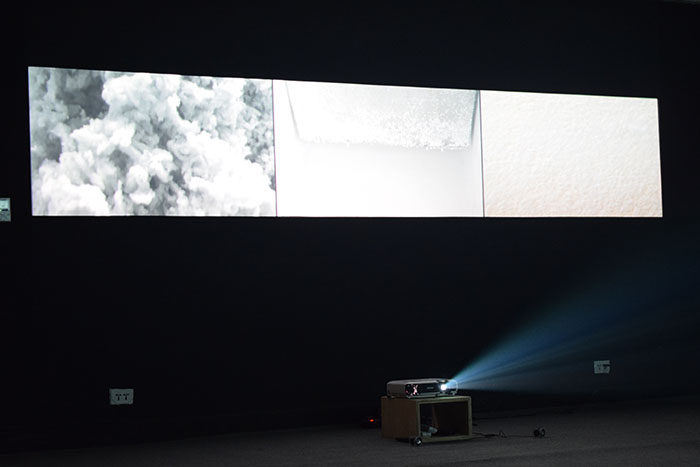
At first glance, Nguyen Phuong Linh’s video installation, “Black, Red and White”, seems to reaffirm Walter Benjamin’s idea of distraction as a form of reception for reproducible images. Phuong Linh’s multiple video projections and overlapping soundtrack easily perplex their audience and resist an orderly interpretation. With a little patience, however, viewers might discover an underlying rhythm and coherence beneath the video fragments.
On the screen titled “White”, images of rubber appear in repetition: a milky pool of latex in colloid form, a series of prosthetic arms automatically dipped in the milky stuff, slabs of latex getting drained by a machine. With little human presence, the sequence evokes a world of automated processes, in which rubber eerily manufactures itself. Intermittently, images taken from other footage pop up: a giant cloud that recalls nuclear bombings or a house on fire — images that somehow evoke unspoken violence. Somewhere along the clip, Phuong Linh also inserts a couple posters of the “Michelin man”, a comical figure made of rubber tires, a once-familiar symbol of the 20th-century French rubber industry.
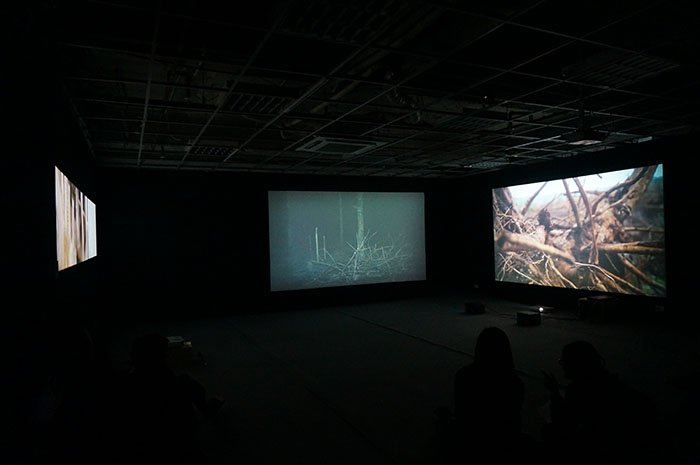
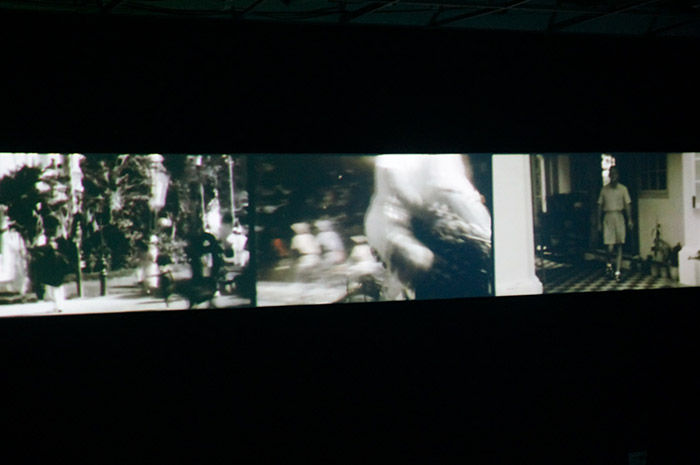
Just when we think Phuong Linh must be making some statement about historical colonial exploitation and forced labor in Vietnam, we notice the arbitrary appearance of an elephant amidst deracinated roots on the “Red” screen on the opposite wall. Elephants are often associated with positive qualities such as wisdom and longevity, but here a lone elephant is seen standing somberly with a long chain attached. Some greenery is visible in the distance, but the general landscape before the camera is filled exclusively with uprooted roots scattered all over. Exploitation seems to go beyond its colonial or anthropocentric parameters and permeate the lived experience of animals and plants. The extended clips of forlorn branches and roots lying across the barren wasteland disturb viewers in a quiet but disarming way. Children are occasionally seen playing in the plantation land, but the overarching tone is one of poverty and loss.

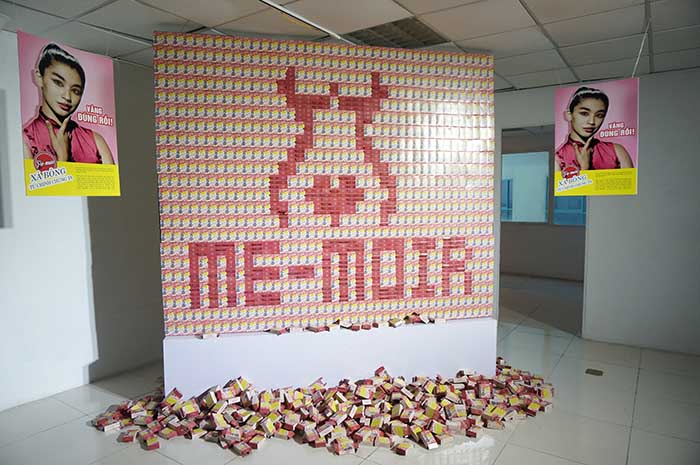
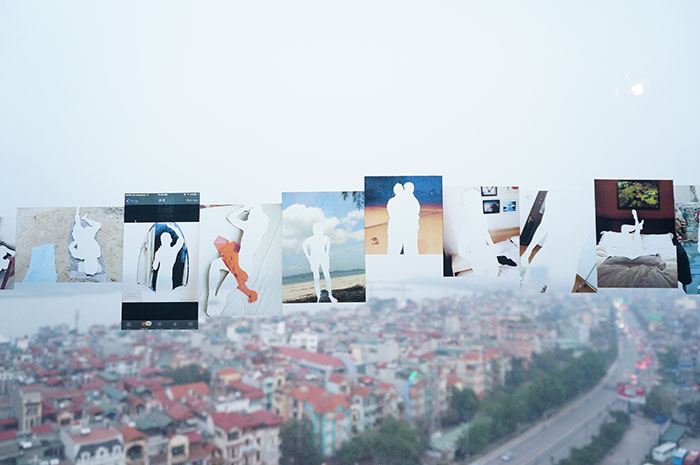
Ready-made narratives are hard to come by when all we have are fragmented and looped clips taken from various original and found footage. And yet, despite the crisscrossing images, sounds, subjects and locales, the work does something to us, the viewers, rousing us out of our daily pace and asking us to squint a little harder at a close-up shot of an incision on a rubber tree. “Black, Red and White” is not meant to be accessible, but its challenge is worthwhile for those viewers curious enough to resist the distractive design and be present with the work. Whether it is a moment of contemplation on colonial or environmental extraction, it is likely we get something memorable out of Phuong Linh’s thought-provoking debut in the video installation space.
Quyen Nguyen
Images by Nha san Collective













